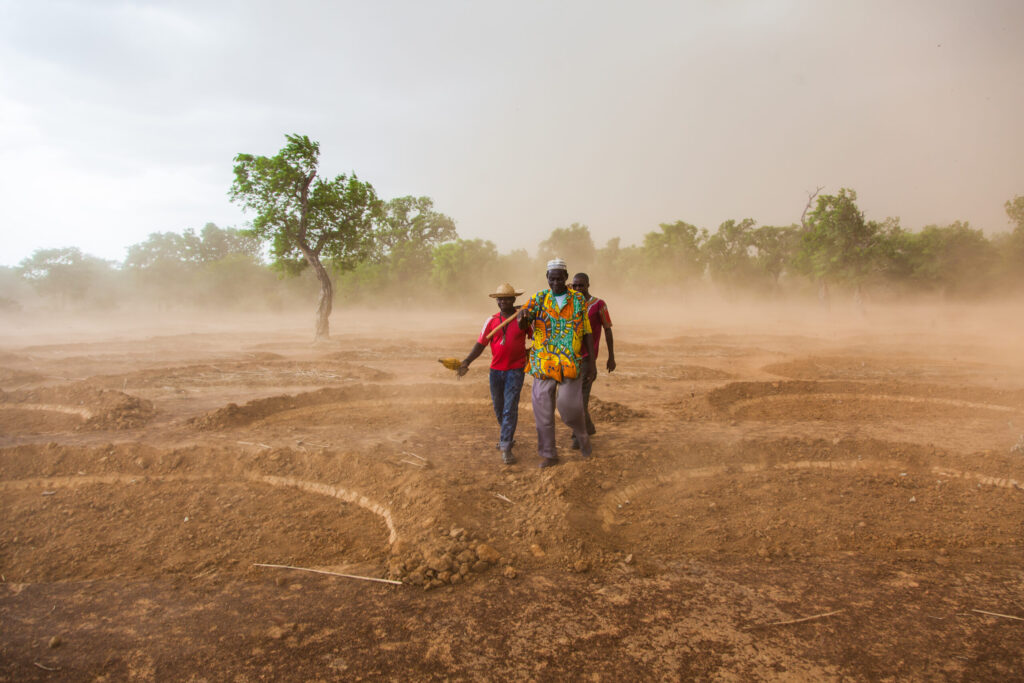A photojournalist captures the impacts of climate change on agriculture in Burkina Faso, and the innovative solutions these communities have responded with in adjusting to a new climate reality.
[satellite gallery=15 auto=off caption=on thumbs=on]
***
In landlocked Burkina Faso, a sub-Saharan country in West Africa, reliable access to water is crucial – particularly for farmers. Over 90% of the country’s population relies on agricultural activities for income and to feed their families. These farmers are vulnerable to climate change, which has caused irregular rain patterns both in the form of droughts and heavy rainfalls.
Over the course of his travels and work in the region, James Souder documents the growing impact of climate change on the agricultural traditions of farming communities – and the innovative adaptation strategies they have implemented to adjust to our new climate paradigm.
